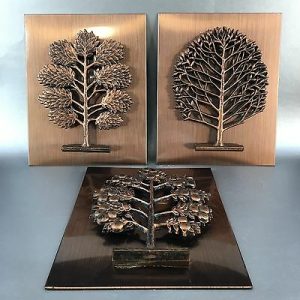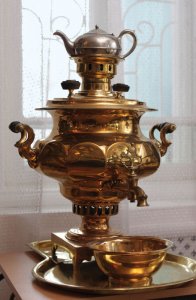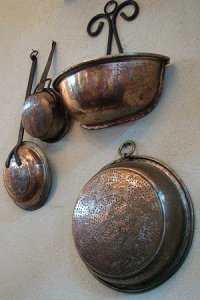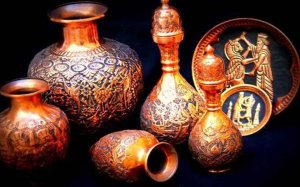Copper Craft
Various metals including copper, iron, silver, bronze, lead, gold, and brass are natural given gifts to us to make a useful product for us. In ancient times, man uses resources from stone, wood, bone, and earth.
But later on, when days go, time changed man learned how to extract metal (material) from nature and make us useful.
Uses of the Copper Craft
We use metal to make vessels, utensils, ceremonial and ritualistic objects, decorative objects, architectural ornamentation, personal ornament, sculpture, and weapons.

Techniques used for Copper Craft
In early time skill metal workers use a different technique on metal to make a product like hammering, embossing, chasing, inlaying, gilding, wiredrawing, and the application of niello, enamel, and gems. These techniques are also used in today’s time.

ancient copper craft
Here we go to the glimpse of one of the metals used since ancient time is Copper. Copper and its alloys have been used throughout all era for decent artistic pursuits.
Due to the metal’s unique physical and chemical properties, it can be turned into various shapes, designs and structures of all sizes.
Today, copper fixtures and decorative copper finishes are an exciting trend in home decor and can be found on everything from small appliances to refrigerators and more.
The copper craft requires knowledge of copper works and it is done by the skilled worker. Earlier in King’s era copper is used to make coins(money) for the daily transaction.
Today also a product made from copper is used to make artifacts for exhibition and home decor. Also, there is the use of technical purposes like insulation and much more.

Copper is the first metal used in decorative tools and ammunition. Its use dates at least from 4000 BC in Chaldea, and perhaps earlier.
Although bronze, and later iron, became the preferred material for weapons and tools, copper found wide uses in such wares as cooking vessels, household utensils, mirrors, and ornaments.

Although unsuited for casting, copper is manipulated in any shape by hammering, chasing, engraving, and cold-rolling. Copper work was often further ornamented by gilding, enameling, or applying precious stones.
From the 8th century, gilded copper was frequently used for liturgical vessels, the characteristic reddish color of the copper imparting a deeper gold color to the gilt.
The use of gilded copper in Europe reached its peak in the 15th and 16th centuries—primarily in jewelry and ornamental objects.
Conclusion of copper craft
More utilitarian uses of copper work in common housewares grew out of the lower cost of copper than of brass and other metals.
The excellent qualities of copper utensils continue to be appreciated in modern times, especially in such items as copper pots and pans.


